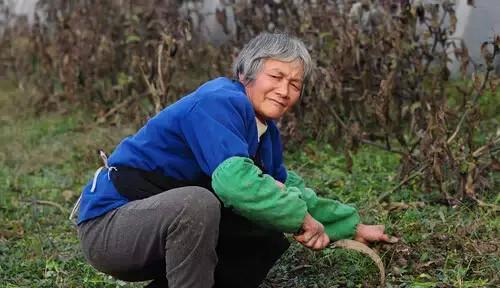Nongken 58, recommended varieties of organic rice (inventory of excellent historical varieties in southern rice region)
Nongken 58, formerly known as the world, was introduced from Japan. It was planted in Jiangsu and Zhejiang provinces in 1957 and in Taihu Lake area in 1960, and achieved good results. It is characterized by late maturity, short stalk, compact plant type, thin and tough stem, short internodes at the base of the stem, dark green leaves, early and many tillers and high panicle rate. The number of grains per panicle is medium to small, 1000-grain weight 26-27g, full seeds, high seed setting rate, thin husk, excellent rice quality, sensitive to sunlight. The whole growth period of single cropping late rice is 165 days, and that of double cropping late rice is about 135 days. More tolerant to late planting, fertilizer resistance, lodging resistance, resistance to bacterial blight, cold tolerance in the later stage.
Because of its good comprehensiveness and wide adaptability, it has been successfully introduced in most areas of southern China, and has been popularized quickly. From the mid-1960s to the early 1970s, Zhejiang, Jiangsu, Shanghai, Anhui, Hunan, Hubei, Sichuan and other provinces (cities) used Nongken 58 as a single-cropping and double-cropping late japonica rice with a cumulative planting area of 142 million mu, which has become one of the best rice varieties in the southern rice region.
I don't know. Nongken 58 has been planted since the 1960s. In the editor's impression, in 1993, some people in my hometown still planted this variety. You don't know what Xiaobifa means here. Xiaobian recommends this variety as the preferred variety for organic rice planting. Let's take a look at the recommended reasons.
Recommended varieties of organic rice: Nongken 58 category: japonica rice
Recommended index: ★★★★☆
Reasons for recommendation:
1. Nostalgia: people in the South in the late 1960s and 1970s all ate this variety. According to a survey by the editor, the rice quality of this variety is quite impressive in your minds. (speaking of delicious rice, you can directly call out the name of the variety, indicating that shi (zai) hao (chi).
2. The rice is of good quality and palatability.
3. It has wide suitability and has been introduced on a large scale. There is no need to worry about whether it is suitable to be planted in the southern rice region, and it has good cold tolerance in the later stage, which is especially suitable for the barren mountains and mountains selected for organic rice cultivation.
4. Rare: although the historical extension area of this variety has reached 142 million mu, it can be said that this variety has not been planted since the promotion of hybrid rice and some new conventional varieties in the southern rice region. only a few scientific research institutes and seed quality banks still retain this variety. Omnipotent Taobao also has, but the price is not (sang) often (xin) (bing) person (kuang) 40 yuan / jin.
Digression: the variation of Nongken 58s (photoperiod sensitive genic male sterile rice) from Nongken 58 is the cornerstone of two-line hybrid rice, which was discovered by Shi Mingsong. Unfortunately, when the editor checked the variety data in the national rice database, it was found that there was no introduction to the variety in the database.
- Prev

Onlookers | do a good job of "ten full coverage" and dare to make the forest farm look new.
Onlookers | do a good job of "ten full coverage" and dare to make the forest farm look new.
- Next

Talking about rural people talking about city dwellers like this, every sentence is very classic!
Talking about rural people talking about city dwellers like this, every sentence is very classic!
Related
- A course of planting techniques and methods on how to grow carrots
- How to plant the latest tulips?
- Is it better to pick tea in the morning or in the afternoon? When is the best time for tea to be picked? what is the third or fifth tea?
- Launch Yuanxiao Happy combination Haocha + Tea Yuan healthy Taste
- Penghu Tourism "Fireworks 20 Parade with You"
- 2022 West Lake Happiness holds "Digital Revitalization Voucher" and draws iphone13 and laptop.
- Banqiao Fuzhou social houses are designed to change start-up combined with police elimination to create a safe and livable environment
- The convenient measure of "mechanical weeding" in Xinbei has been abused and the Agriculture Bureau has imposed heavy penalties on the illegal land consolidation.
- Changgeng University Joins Hands with Four Memory Factories to Rescue Memory Talent Shortage
- The list of Taiwan's top 100 MVP managers is listed by the Director-General of the Farmers' Association of Sanxia District.

